Uncategorized
-
 Astronomy
AstronomyMilky Way connected to a vast network of galaxies
The Milky Way galaxy lives on the outer edge of a newly discovered supercluster of galaxies named Laniakea that is 520 million light-years across.
-
 Health & Medicine
Health & MedicineTrial drug improves heart failure patients’ chance of survival
Novartis’ experimental therapy LCZ696 lowers blood pressure and increases survival rates when compared with a standard drug.
By Nathan Seppa -
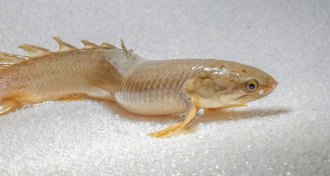 Animals
AnimalsA fish reared out of water walks better
The normally aquatic fish Senegal bichir raised on land suggests how ancient species might have transitioned into terrestrial ones.
By Susan Milius -
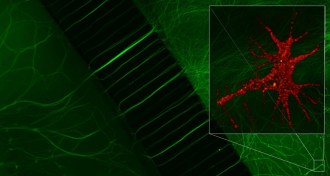 Health & Medicine
Health & MedicineRabies races up nerve cells
By hijacking a transporter protein and hitting the gas, the disease-causing rabies virus races up long nerve cells that stretch through the body, a new study finds.
By Meghan Rosen -
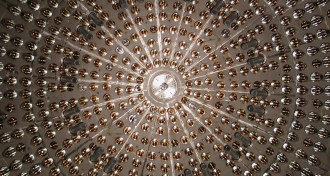 Astronomy
AstronomySubatomic particles give glimpse into sun’s core
For the first time, a subterranean detector has captured neutrinos generated in the main nuclear reactions that power the sun.
-
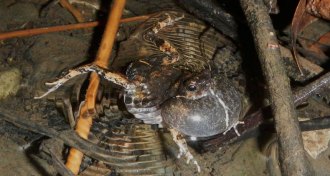 Animals
AnimalsBats hunt ballooning túngara frogs by echolocation
Bat echolocation tracks the billowing vocal sacs of male túngara frogs.
By Nsikan Akpan -
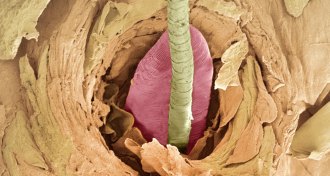 Health & Medicine
Health & MedicineTiny mites are probably crawling all over your face
Two skin mites, relatives of spiders, might populate the faces of all adult humans, according to a DNA survey.
By Nsikan Akpan -
 Life
LifeZMapp drug fully protects monkeys against Ebola virus
In a test, 18 monkeys injected with the Ebola virus and treated with an experimental drug called ZMapp survived.
By Nathan Seppa -
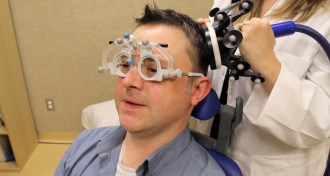 Neuroscience
NeurosciencePulses to the brain bring memory gains
The ability to associate faces with words is boosted when an outer part of the brain is stimulated, a study shows.
-
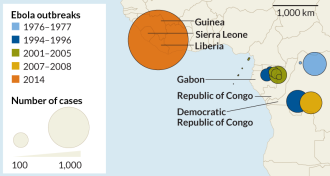 Genetics
GeneticsEbola genome clarifies origins of West African outbreak
Genetic analyses suggest that a single infected person sparked the ongoing Ebola epidemic in West Africa.
-
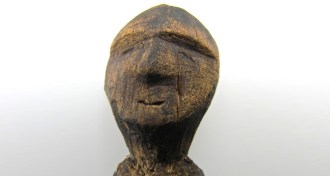 Anthropology
AnthropologySiberians came to North American Arctic in two waves
Siberian ancestors of the modern-day Inuit replaced a 4,000-year-old North American Arctic culture, a DNA study reveals.
By Bruce Bower -
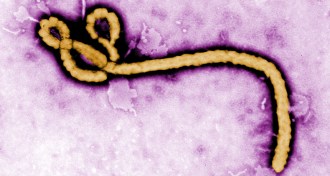 Health & Medicine
Health & MedicineHuman tests of experimental Ebola vaccine set to start
NIH and NIAID have announced that human tests of an experimental vaccine against Ebola virus will begin in early September.
By Nathan Seppa